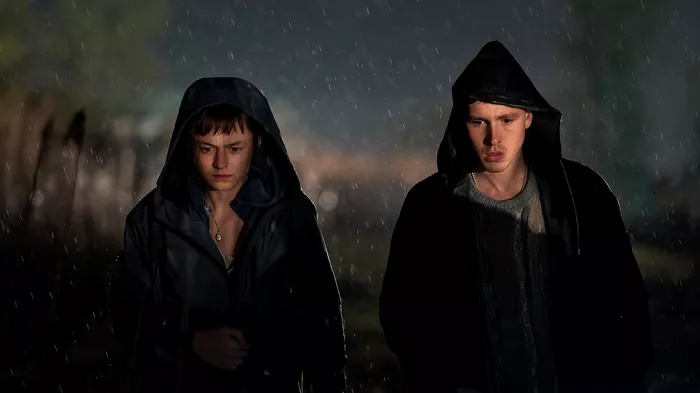In the world of crime dramas, the line between fiction and reality can often blur, leaving audiences wondering if the dark and gripping tales they witness on screen are rooted in real events. “A Murder at the End of the World,” a compelling series, has sparked curiosity about its inspiration and the authenticity of its investigations. In particular, “The Silver Doe” investigation has raised questions about its connection to true stories. Let’s delve into the truth behind this captivating series and explore whether “The Silver Doe” is based on a true story.
I. Fictional Roots of “A Murder at the End of the World”
To set the record straight, “A Murder at the End of the World” is not based on a true story. It is a fictional narrative crafted by the creative minds behind the series. While the storyline may draw inspiration from various sources and real-world elements, the characters, events, and investigations are products of imagination rather than actual criminal cases.
II. Inspiration from Real Tragedies: “The Silver Doe” Investigation
While the overarching narrative of “A Murder at the End of the World” is fictional, one of its key investigations, “The Silver Doe,” is inspired by a poignant and unsettling reality. The creators drew inspiration from the thousands of real-life cases of unidentified women, often referred to as “Jane Does,” whose murders remain unsolved. This grim aspect of true crime, with countless victims left nameless and their stories unresolved, served as the foundation for “The Silver Doe” investigation.
III. A Conscientious Approach: Researching Real “Jane Does” Cases
To bring authenticity to “The Silver Doe” investigation, the creators undertook extensive research into the cases of real “Jane Does.” The goal was not to exploit or sensationalize these tragedies but to acknowledge the weight of the countless unsolved murders that echo in the shadows of society. By infusing the storyline with elements grounded in reality, the creators aimed to pay homage to the unnamed victims and shed light on the grim reality of unresolved crimes.
IV. Avoiding Fetishization and Trope Exploitation: A Responsible Narrative
One of the challenges in crafting a crime drama inspired by real tragedies is avoiding the pitfalls of fetishization and trope exploitation. The creators of “A Murder at the End of the World” were acutely aware of this responsibility. By conducting thorough research and approaching the narrative with sensitivity, they sought to create a series that respects the gravity of real-life deaths. “The Silver Doe” investigation, while fictional, becomes a vessel for acknowledging the silent voices of the countless unidentified victims.
V. Balancing Reality and Entertainment: The Intent Behind “A Murder at the End of the World”
In the realm of crime dramas, creators often navigate the delicate balance between providing entertainment and recognizing the real-world implications of their narratives. “A Murder at the End of the World” aims to strike this balance by weaving a compelling fictional tale while paying homage to the harsh reality of unsolved crimes. “The Silver Doe” investigation serves as a reminder that, behind the screen, there are countless real stories waiting to be heard and justice waiting to be served.
Conclusion: The Fictional Echo of Real Tragedies in “A Murder at the End of the World”
As viewers immerse themselves in the suspense and intrigue of “A Murder at the End of the World,” it’s crucial to acknowledge the origins of its narratives. While the series as a whole is a work of fiction, “The Silver Doe” investigation draws inspiration from the somber reality of unsolved cases, particularly those involving unidentified victims. The creators’ conscientious approach to research and storytelling ensures that, even in the realm of fiction, the series echoes the silent cries of real tragedies.

